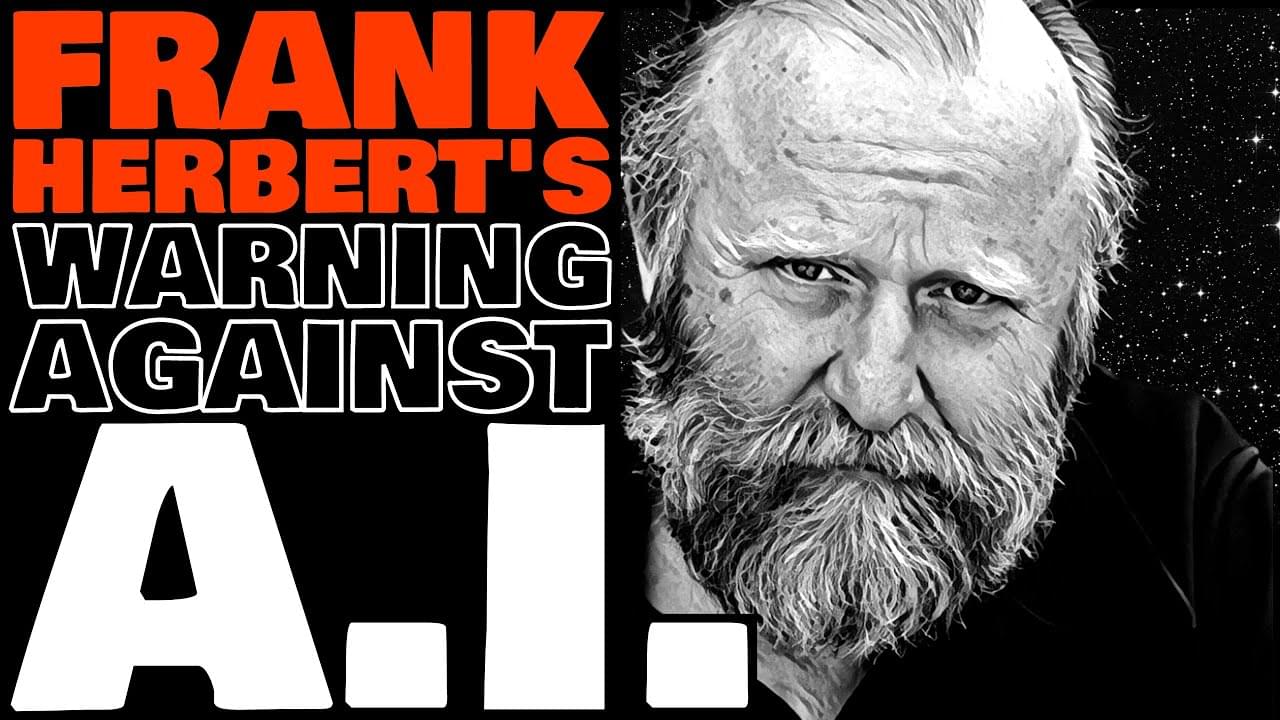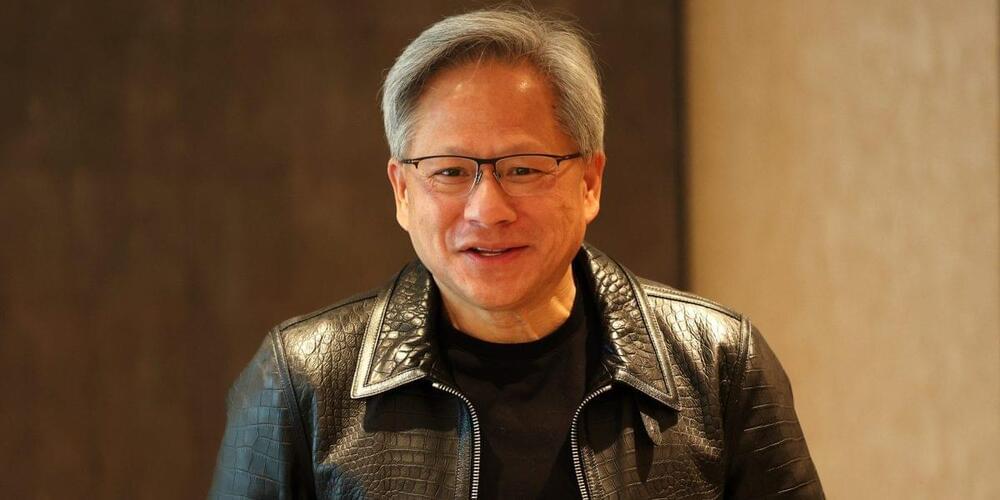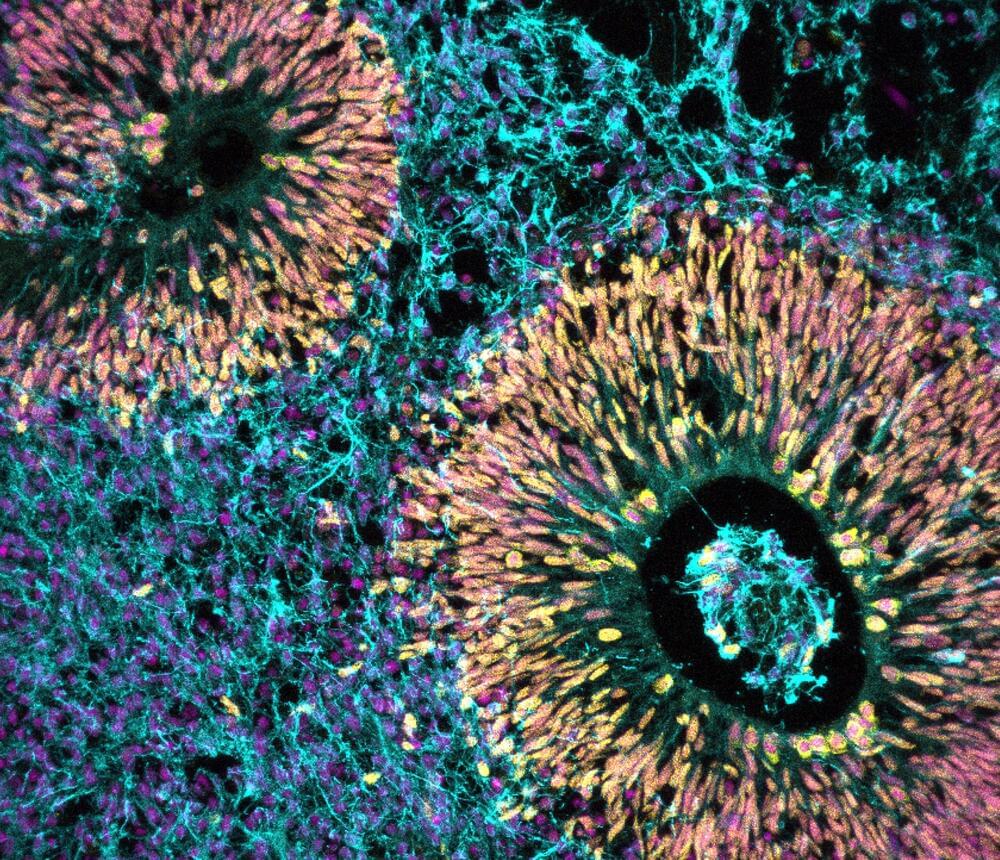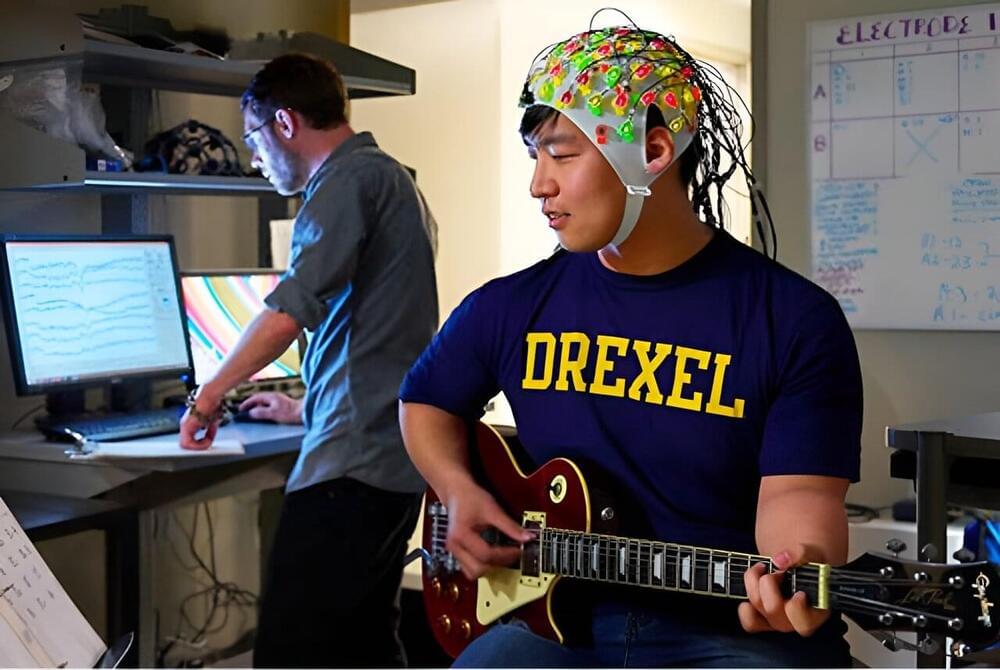Mar 12, 2024
Watch: Kerala School gets India’s First AI Teacher, Iris
Posted by Saúl Morales Rodriguéz in categories: education, robotics/AI
Thiruvananthapuram, Kerala: A school in Kerala is taking what may be called a revolutionary step towards revamping education with the introduction of Iris, claimed to be the first-ever AI teacher robot in the state.
The KTCT Higher Secondary School, a venture of the Kaduvayil Thangal Charitable Trust, unveiled Iris last month in collaboration with Makerlabs Edutech Private Limited. The Iris robot is designed to be more than just a robot. Built as part of the Atal Tinkering Lab (ATL) project by NITI Aayog, Iris is equipped to answer complex questions across various subjects in three different languages. It can also provide personalized voice assistance and facilitate interactive learning experiences.


















